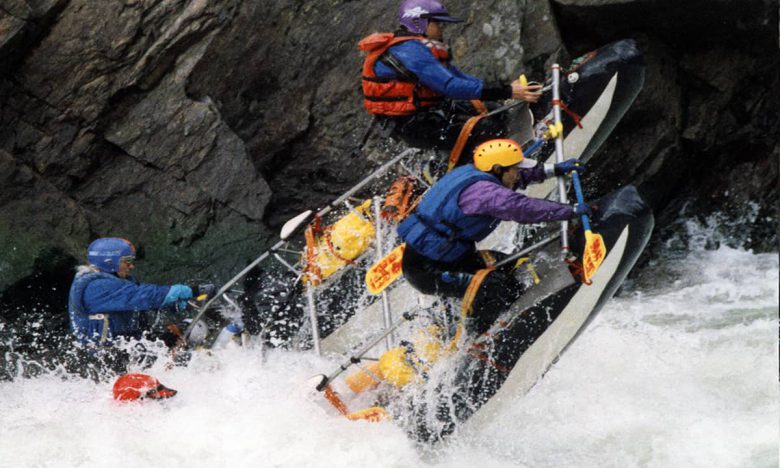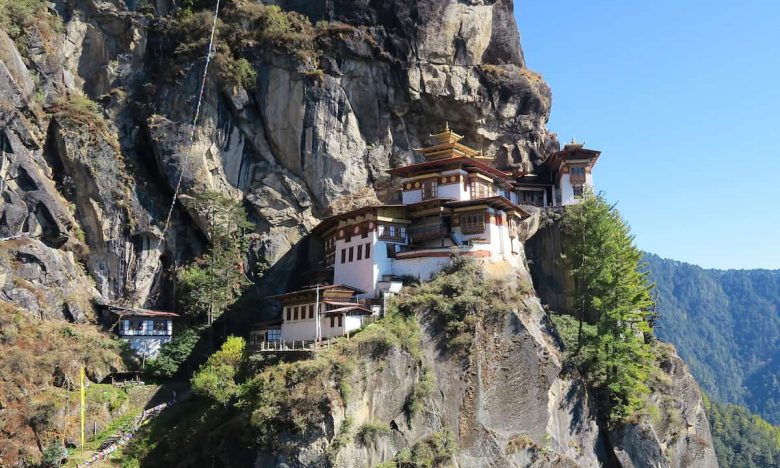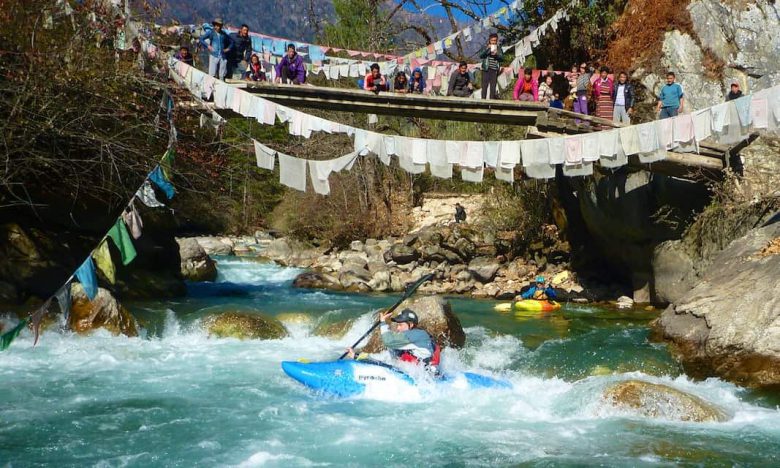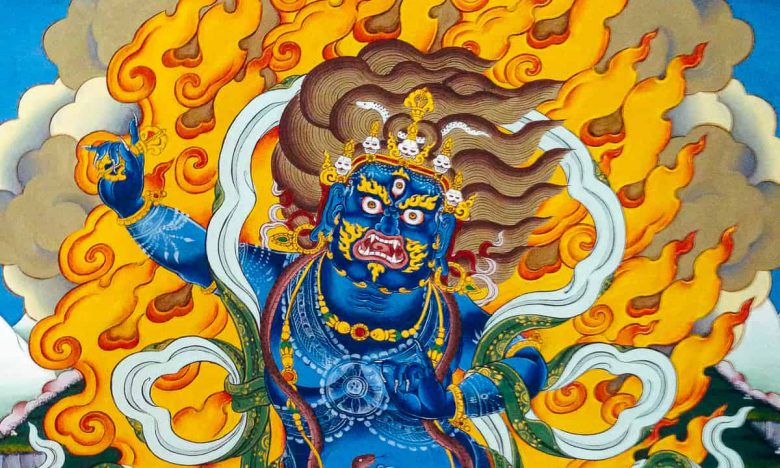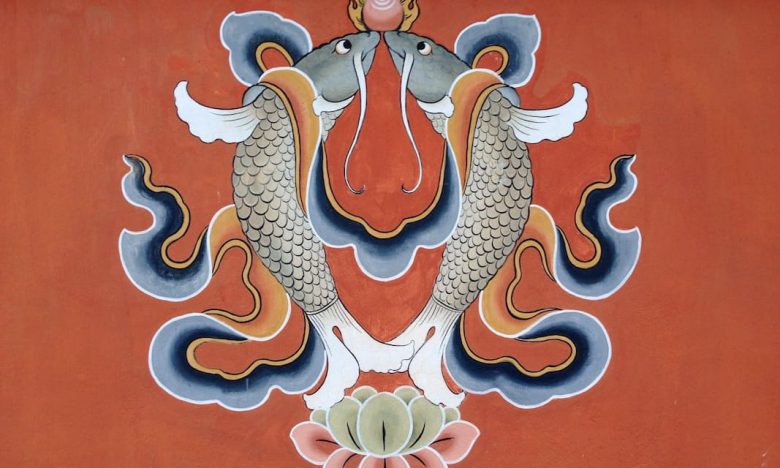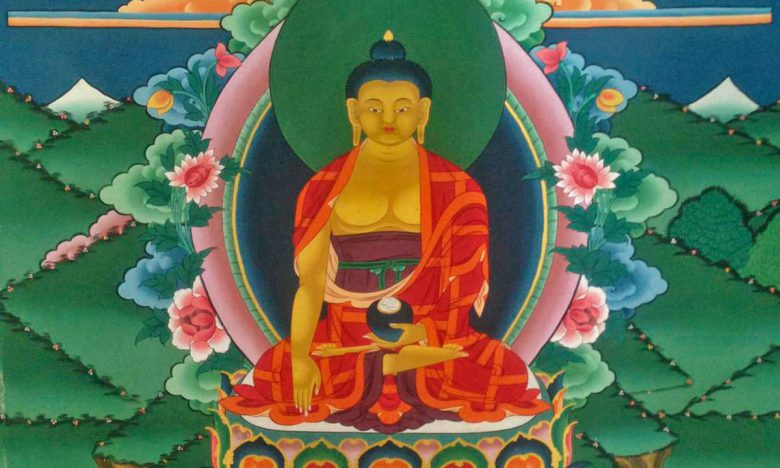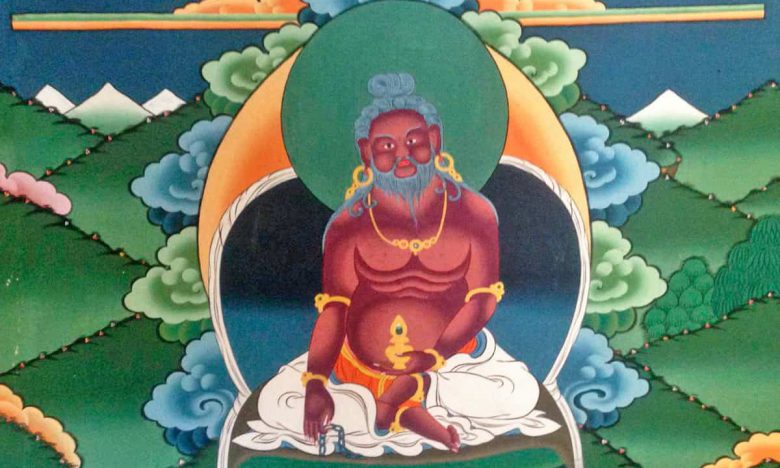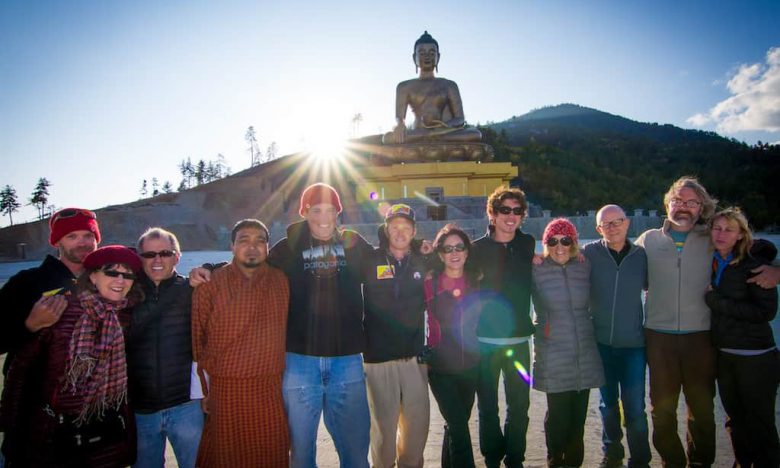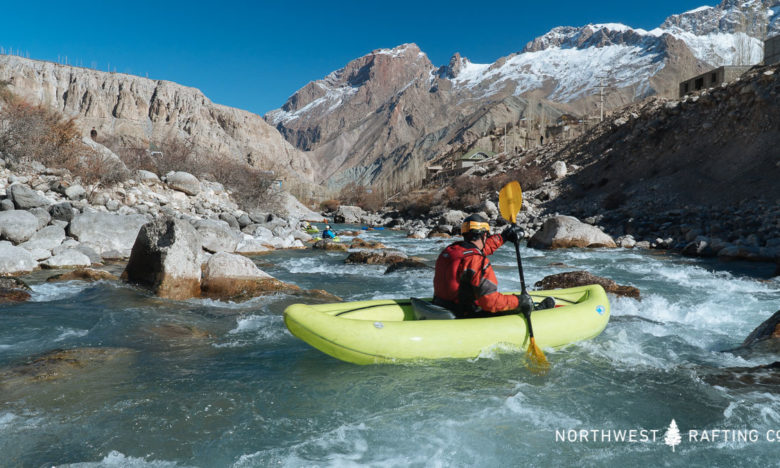If you are lucky to run one of the whitewater rivers of the former Soviet Union you certainly will see the most popular whitewater craft – paddle catamaran. These appeared in the 60’s and 70’s and led to the Russian whitewater revolution – exploration and running the most difficult and dangerous rivers in Siberia, Pamir, Tian Shan’, and Caucasus mountains. It also led to expansion of rafting to some remote, almost inaccessible rivers. Since their original appearance, the catamaran’s design went through dramatic evolution, which you… Read More
Category: International
Categories
Length: 2.6 miles (one way) Starting Elevation: 8,525 feet Max Elevation: 10,232 feet Taktsang (commonly known as Tiger’s Nest) is one of the most sacred sites in Bhutan and a place you must visit when you visit Bhutan. It is also one of the most challenging monasteries to get to. Located at an elevation of over 10,000 feet, Taktsang is the birthplace of Bhutanese Buddhism. Guru Rinpoche flew here from Tibet on the back of a tigress which was the manifestation of his divine consort Yeshe… Read More
Few rafters and kayakers have ventured into Bhutan due to its policy of “high value and low impact tourism,” which requires a minimum $250/day minimum fee to visit, leaving many of the rivers and creeks unexplored. After four years of guiding trips trips in Bhutan I was fortunate paddle one of those unexplored rivers. The Paro Chhu (Paro River) begins on one Bhutan’s highest and most sacred mountains, Mount Jomolhari (24,035 feet) and then tumbles through the Himalayas to the town of Paro, which is home… Read More
The wrathful deities are form that Buddhas or Bodhisattvas (gods) may take to scare off demons, subdue demons, or remind people to be good. They most often stand in the warrior pose (Pratyalidhasana), are surrounded by flames, have razor sharp fangs and a protruding belly. A third eye in the center of their forehead signifies insight and wisdom. The five skull crown represents changing the five poisons (desire, anger, ignorance, pride, and jealousy) to the five wisdoms. Chana Dojre Chana Dorje (also known as Vajrapani) is… Read More
It won’t take longer than a five minute stroll through any monastery, street, or bridge in Bhutan to find artistic representations of the 8 auspicious symbols of Buddhism. But these symbols aren’t present just for aesthetics. They represent the offerings received by Buddha from the gods after his enlightenment. By searching for deeper meaning in these symbols, we can become better people, and perhaps just as importantly, better whitewater enthusiasts. The Endless or Eternal Knot represents interaction, or cause and effect. Much like the eternal knot,… Read More
Bhutanese culture centers around Buddhism and there are many significant cultural figures you will see depicted throughout the country. The three most important figures in Bhutan are the Buddha, Guru Rinpoche (pronounced “Goo-roo Rin-po-ch-ay”), and Shabdrung Ngawang Namgyal (or just “Shabdrung” and pronounced “Shab-Drung”). These three are commonly portrayed together in statues and in paintings known as thangkas (pronounced “tonkas”). The Buddha is typically depicted in the center with Guru Rinpoche to his left and Shabdrung to his right. As we travel through Bhutan it will… Read More
One of the first places we visit on our tour of Bhutan is the famous iron bridge at Tachog Lhakang. This 600 year old bridge crosses the Paro Chhu (Paro River) and was traditionally restored in 2005 after being washed away during a 1969 flood. The bridge was originally built by the legendary Tibetan architect, physician, blacksmith and civil engineer Thangtong Gyalpo who is an important figure in Bhutanese and Tibetan history. Thangtong Gyalpo, the Iron Bridge Builder While Thangtong Gyalpo is lesser-known by tourists, he… Read More
Here are a few good travel trips and reminders for our Rivers & Dzongs of Bhutan trip. 1. The Paro airport will immediately make you smile. Upon arrival you’ll quickly notice the crisp, clean mountain air and an airport that looks more like a temple. You’ll also notice happy people who are excited you’ve come to enjoy their country. 2. It’s easy to exchange money at the airport. I discourage exchanging all of it, but before leaving the airport, I usually change $100 into Ngultrum, Bhutan’s… Read More
Vladimir Gavrilov wrote this fantastic book about the whitewater rivers of the former Soviet Union. He led many expeditions in the 1970s and 1980s throughout his native Russia as well as the Ukraine, Georgia, Tajikistan, Kyrgyzstan, Uzbekistan, and Kazakhstan. This book describes the major rivers of these countries and includes stories from his expeditions. This is a book written with boaters in mind. You’ll find complete logistics, maps, and detailed descriptions of over 40 different Class IV – VI whitewater rivers. You’ll also enjoy the pictures… Read More
